Click here to view the national rubric on Mrs Moore's blog:
http://studio238dghs.blogspot.com/2013/09/2013-practical-rubrics-grade-12-exam.html
View the Grade 12 exam paper by clicking on the link below
link to PDF of TIME Visual Arts Practical Paper 2012
For those who aren't in the studio today,
Mrs Moore developed the following activity that will test your composition and allow you to discuss something substantial with your teacher on Tuesday:
Activity = 30 minutes!
1. Where are all the shapes? NB both
positive (figure) and negative (ground)?
2. What is the shape of the format?
(2-D or 3-D)
(2-D or 3-D)
3. Where are the darks and lights? (Tone)
4. What are some colour ideas?
Links to artists that are working with similar themes/ concepts/ techniques to some of the matircs in the studio today.
Some learners were asking about Still-Life artists and the concept of time being a routine of daily events, so we had a look at Penny Siopis's work
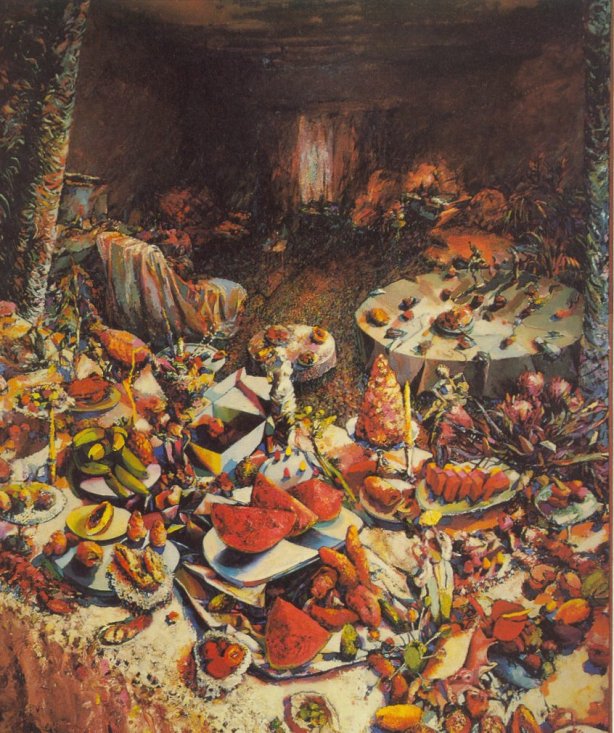
Still-life with water-melon and other things, 1985, Rembrandt Van Rijn Art Collection
see http://nladesignvisual.wordpress.com/2013/08/03/penny-siopis/ for more images and information
-----------------------------------
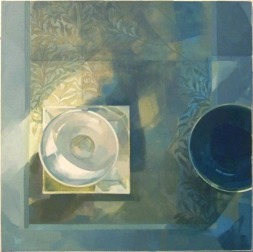
"Still Life"- a group exhibition showcasing acclaimed KZN artists
Pascale Chandler, Jeannie Kinsler,
Louise Jennings and Marianne Meijer.
http://www.gallery415.co.za/2009-still-life.html
---------------
For Bethany, who is working with the theme of Judgement day and the limited resource of time: Here is link to a review on Diane Victor

http://www.artthrob.co.za/03feb/artbio.html
Disaster series - 'Blind Justice', 2001/2003
Etching, Edition of 25
26 x 33 cm
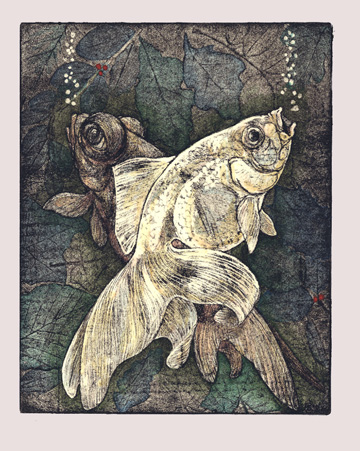
---------------------
For Khristen, see the Son of Man by Rene Magritte..Khristen is looking at the use of time to generate income and how we control time within our on our worlds.

http://www.rene-magritte.org/the-son-of-man.jsp
---------
And even some inspiration from our matric class, I love how Anna Talbot has cut jagged lines around the boy's form. Her piece really captures a moment in time.
------------------
For those of you who are looking at time as a transition through space here are some artists who look at space (urban, rural, interior exterior...)
we had a look at the following artists
Stephen Hobbs; Arne Quinze; Sam Nhlengethwa; Rachel Whiteread
--------------
Stephen Hobbs
"D’Urban forms the second in a three-part trajectory of city specific projects. For Hobbs – whose work predominantly has been imbedded in urban investigations though the moving image and photography – each of these projects presents an opportunity to explore through sculpture and installation the urban phenomena figured in his photographic work." http://www.stephenhobbs.net/?cat=6
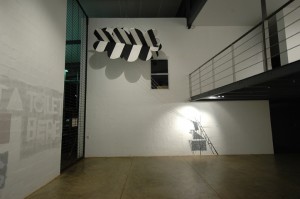

Jag Snag: Projection Study 1 by Stephen Hobbs
________________
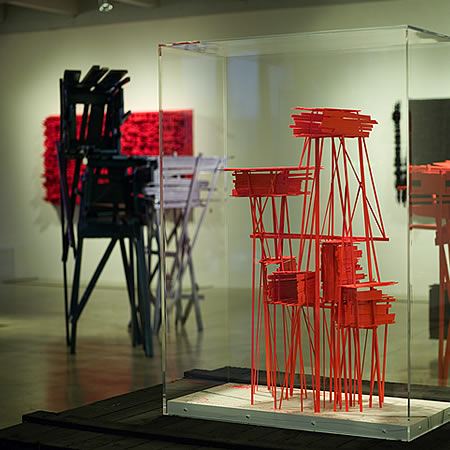
http://www.dezeen.com/2008/12/03/stilthouses-and-bidonvilles-by-arne-quinze/
"Design Miami 08: An exhibition of sculptures by Belgian artist Arne Quinze is on show at Wolfgang, Roth and Partners Fine Art as part of Art Basel - Miami Beach in Miami, USA.Quinze describes the Bidonvilles as "shanty towns competing with skyscrapers... Social gravity pushes up the social mass, into the sky.""
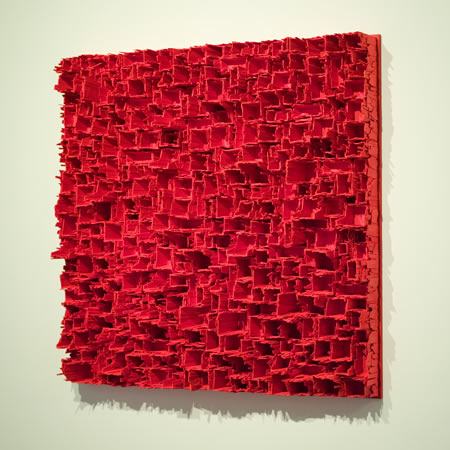
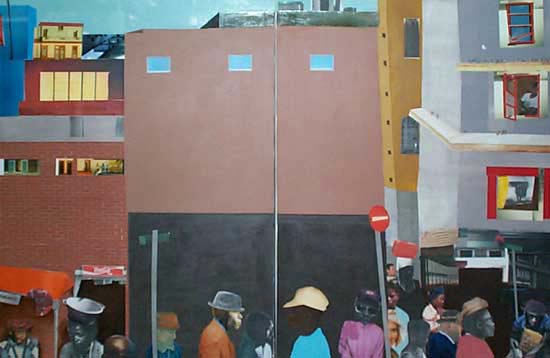
Sam Nhlengethwa
Read Sam Nhlengethwa's artists bio by clicking on the link below:
http://www.artthrob.co.za/03oct/artbio.html
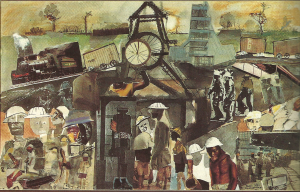
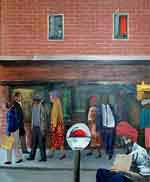
-----------------------------------

"Still Life"- a group exhibition showcasing acclaimed KZN artists
Pascale Chandler, Jeannie Kinsler,
Louise Jennings and Marianne Meijer.
http://www.gallery415.co.za/2009-still-life.html
---------------
For Bethany, who is working with the theme of Judgement day and the limited resource of time: Here is link to a review on Diane Victor

http://www.artthrob.co.za/03feb/artbio.html
Disaster series - 'Blind Justice', 2001/2003
Etching, Edition of 25
26 x 33 cm
Smoke drawings[edit]
Victor’s smoke portraits explore subjects often overlooked, for example South African prisoners awaiting trial and missing children. These portraits capture individuals caught in a vulnerable moment, an idea reinforced through the impermanent nature of the medium used.[3] Victor utilizes drawing media to capture both the subject’s portrait and vulnerable condition that is somehow in-between presence and absence. Victor is attracted to the direct correlation between the fragility of human life and the susceptibility of the physical image. For Victor, "the portraits are made with the deposits of carbon from candle smoke on white paper. They are exceedingly fragile and can be easily damaged, disintegrating with physical contact as the carbon soot is dislodged from the paper. I was interested in the extremely fragile nature of these human lives and of all human life, attempting to translate this fragility into portraits made from a medium as impermanent as smoke itself"'[5]
http://en.wikipedia.org/wiki/Diane_Victor & ^ "STEVENSON Cape Town and Johannesburg". Michaelstevenson.com. Retrieved 2012-03-13.
ETCHING is an ancient ‘intaglio’ print-making technique, meaning that the paper receives the ink from the incised lines and not from the surface of the plate.
An Intaglio print can be normally recognised by the plate mark and by the fact that the ink stands up from the paper in a very slight relief, which can be often detected by touch.

This etchings was produced using the ‘soft ground’ method:
A wax ‘ground’ is rolled onto the surface of a metal plate, (in this case copper). The image is drawn directly on the plate through tissue paper. When the tissue is pulled off, the plate is then submersed in a bath of Ferric Chloride. Where the drawn lines have exposed the bare metal, the chemical is allowed to ‘bite’ lines or texture into the copper.
The ink is pressed into the lines with a pad called a "dabber", and wiped off the top surface with muslin or scrim.
Damp etching paper is laid onto the inked plate. A print is taken by passing the plate and paper together through a roller press. The pressure must be strong enough to force the damp paper into the lines and lift the ink out onto the paper.
A number of etchings can be printed in this way - the number is set initially by the size of the edition
---------------------
For Khristen, see the Son of Man by Rene Magritte..Khristen is looking at the use of time to generate income and how we control time within our on our worlds.

http://www.rene-magritte.org/the-son-of-man.jsp
---------
And even some inspiration from our matric class, I love how Anna Talbot has cut jagged lines around the boy's form. Her piece really captures a moment in time.
------------------
For those of you who are looking at time as a transition through space here are some artists who look at space (urban, rural, interior exterior...)
we had a look at the following artists
Stephen Hobbs; Arne Quinze; Sam Nhlengethwa; Rachel Whiteread
--------------
Stephen Hobbs
"D’Urban forms the second in a three-part trajectory of city specific projects. For Hobbs – whose work predominantly has been imbedded in urban investigations though the moving image and photography – each of these projects presents an opportunity to explore through sculpture and installation the urban phenomena figured in his photographic work." http://www.stephenhobbs.net/?cat=6


Jag Snag: Projection Study 1 by Stephen Hobbs
________________

http://www.dezeen.com/2008/12/03/stilthouses-and-bidonvilles-by-arne-quinze/
"Design Miami 08: An exhibition of sculptures by Belgian artist Arne Quinze is on show at Wolfgang, Roth and Partners Fine Art as part of Art Basel - Miami Beach in Miami, USA.Quinze describes the Bidonvilles as "shanty towns competing with skyscrapers... Social gravity pushes up the social mass, into the sky.""

"Communal activities flourish and social cohesion is the norm as public spaces are the only free spaces left to enjoy nature. Stilthouses protect their inhabitants but contradictorily stimulate openeness and intermingle different views and groups in society."

Sam Nhlengethwa
Read Sam Nhlengethwa's artists bio by clicking on the link below:
http://www.artthrob.co.za/03oct/artbio.html

Shaft, 1987 by Sam Nhlengethwa image from : http://paxlupo.com/2010/12/23/reeducation-unreconstructed/

Sam Nhlengethwa
Expired, 2001
Collage and oil on canvas
100 x 85cm
from 'Jozi Lives' series
---------

Jeremy Wafer Anthill (detail), 1995
Photographs, earth, plasterframes
Dimensions variable
http://www.artthrob.co.za/00nov/artbio.html
------------

Rachel Whiteread constructs her chess set out of copies of her own dollhouse furniture collection, the two sides comprising of utilities versus furnishings
http://www.telegraph.co.uk/news/picturegalleries/howaboutthat/4806825/Damien-Hirst-Rachel-Whiteread-and-the-Chapman-Brothers-reinvent-chess.html?image=8


---------

Jeremy Wafer Anthill (detail), 1995
Photographs, earth, plasterframes
Dimensions variable
http://www.artthrob.co.za/00nov/artbio.html
------------

Rachel Whiteread constructs her chess set out of copies of her own dollhouse furniture collection, the two sides comprising of utilities versus furnishings
http://www.telegraph.co.uk/news/picturegalleries/howaboutthat/4806825/Damien-Hirst-Rachel-Whiteread-and-the-Chapman-Brothers-reinvent-chess.html?image=8

Rachel Whiteread’s Inverted Victorian Home
For KELSEY (also see Candy Jernigan's work in a book called evidence)

Darkness and Wonder "Insect collection"- Grace Kotze
http://www.artjunction.co.za/artist-grace-kotze.html
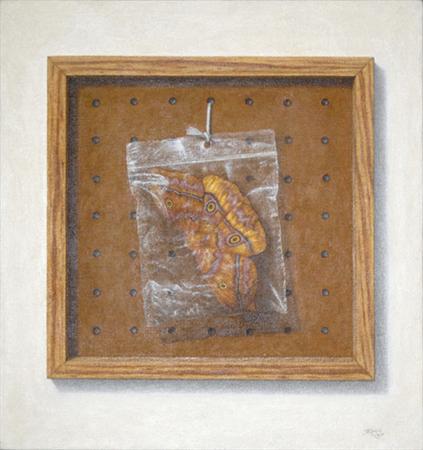

Peter Rippon
Moth 2007
oil on canvas
30 x 28cm

Rosemarie Marriott
Moth 2007 animal skin 53 x 30 cm
Penny Siopis
Pinky Pinky (fly eyes) 2002
oil on canvas
21 x 25cm
Wings, Legs & Videotapes' at the Durban Art Gallery
Creepy crawlies, bugs, nunus - call them what you will, they have been around longer than humankind and will probably be here long after we cease to exist.
'Wings, Legs & Videotapes' is an exhibition curated to investigate artists' preoccupation with these 6-legged creatures. Insects appear frequently in South African artistic expression both as symbolic motifs and as the central focus of the artwork.
Kathryn Smith's Memento Mori engages with imagery of death and the 'new' science of forensic entomology. Fans of CSI can really relate to this work depicting the decaying body of a Ripper victim showing the flies and maggots that swarm over a corpse and can be used to determine the time of death. Penny Siopis' Pinky Pinky (fly eyes) described by the artist as 'a hybrid creature, half-everything, half-nothing' also contains elements of instability and mortality.
The chrysalis form is a motif of creation, of emerging life and an implied parallel can be drawn between human and insect societies here. Moths and butterflies are in abundance on the exhibition through a wide range media including photography, painting, sculpture and video. Langa Magwa, Diane Victor, Rosemarie Marriott, Fiona Couldridge and Peter Rippon are a few of the artists using the more 'friendly' insects to explore contemporary culture and concerns.
Also on exhibition are more decorative pieces, like a Danish bakelite brooch in the form of a butterfly from the Gallery's collection and lace from the Local History Museum's collection.
The exhibition takes place at the same time as the International Congress of Entomology to be held at the ICC.
Opens: June 12
Closes: July 27
Durban Art Gallery
2nd Floor City Hall, Smith Street, Durban
Tel: (031) 311 2264
Fax: (031) 311 2273
Email: strettonj@durban.gov.za
Hours: Mon - Sat 8:30am - 4pm, Sun 11am - 4pm
For Lauren  http://www.durbanlive.com/live/kultcha_view.jsp?kultcha_id=17435 http://www.durbanlive.com/live/exhibition_view.jsp?exhibition_id=17432 For Bongeka  Brett Murray Power to the People http://www.brettmurray.co.za/essays-and-texts/sue-williamsons-sasol-wax-award-2009-interview/ |



